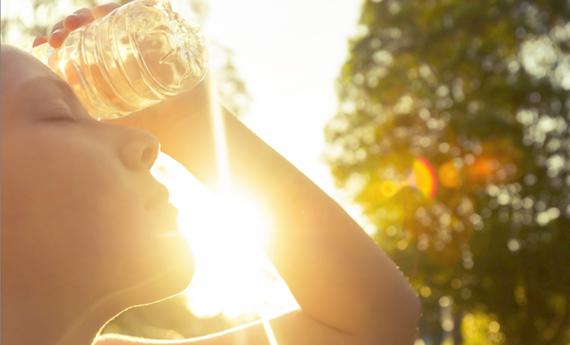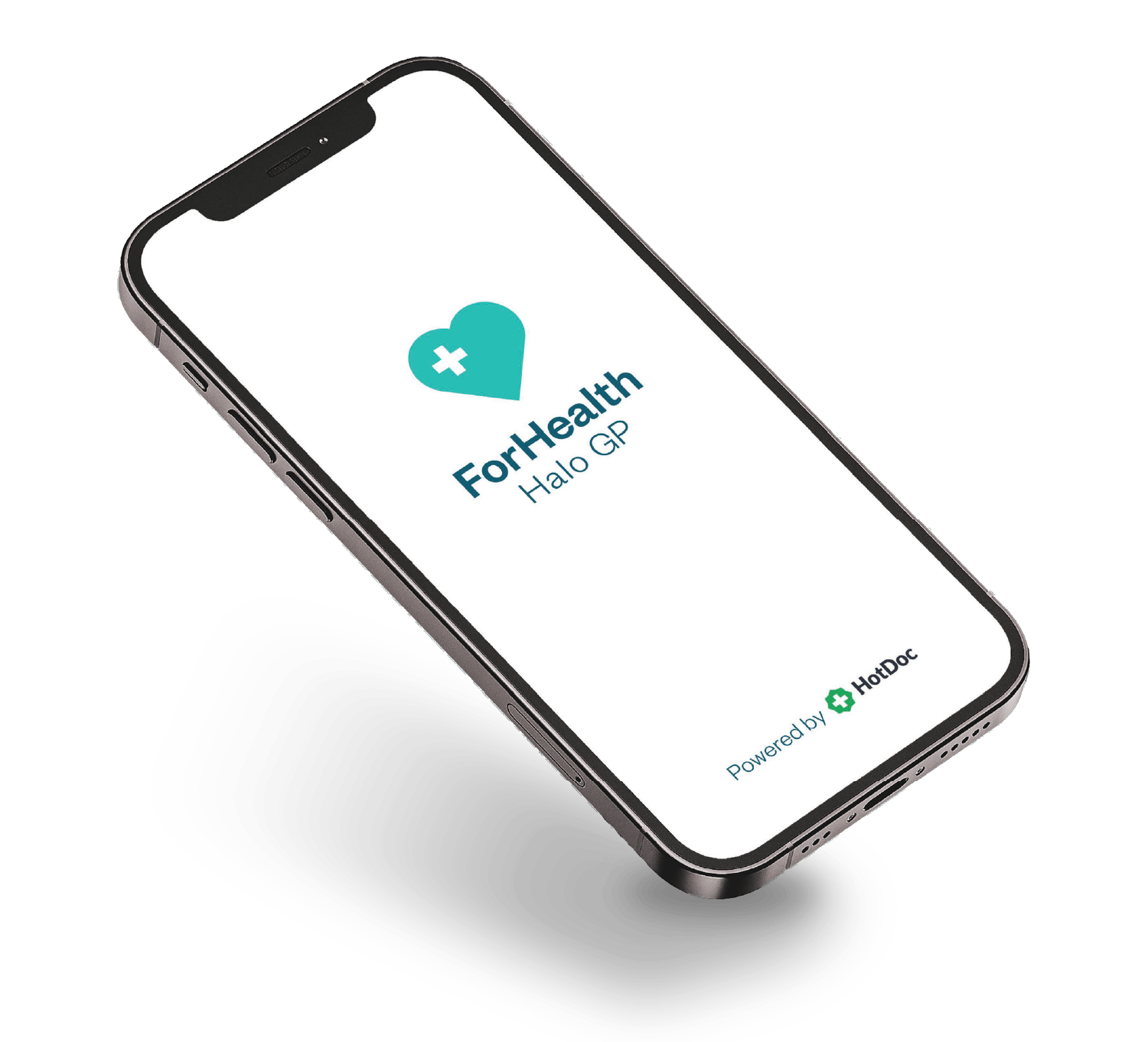With Australia having its warmest and driest year on record, according to the Bureau of Meteorology, there has never been a better time to talk about heat stroke and how to keep your body cool and hydrated this summer.
What is heatstroke?
Heat stroke, also referred to as sun stroke, occurs when the core body temperature rises above 40.5 C and is considered a life-threatening emergency.
If you are staying in environments or conditions where there is prolonged exposure to heat then there is a risk that you could suffer a heat stroke. Older people, young children, pregnant or breastfeeding women, and people with chronic conditions such as heart or kidney disease and diabetes are most at risk.
What are the symptoms of heatstroke?
It is important to recognise the signs of heatstroke so that you can quickly seek heat stroke treatment. Common symptoms of heatstroke include:
- feeling light-headed
- intense thirst
- dizziness or confusion
- throbbing headache
- nausea and vomiting
- dry swollen tongue
- rapid pulse
- fast, shallow breathing
- seizures or loss of consciousness
How to treat heatstroke?
When you suspect someone has heatstroke call 000 immediately. In the meantime, ensure the person is in a cool shady place and take steps to help lower their body temperature such as:
- immersing them in cool water
- giving them sips of cool liquid; or
- removing clothing to cool down body temperature
How to reduce risk of heatstroke?
During hot weather, stay hydrated by drinking plenty of water. It is also recommended to stay cool by staying indoors or in the shade, and restrict physical activity, especially outdoor exercise and other activities such as but not limited to gardening and running.
Under no circumstances should animals or babies be left alone in cars. Even by having the window open, the internal temperature of the car or other vehicle has the potential to reach heat levels that could be fatal.
To check in with your health and wellness this summer,
book online today.






 Book online
Book online